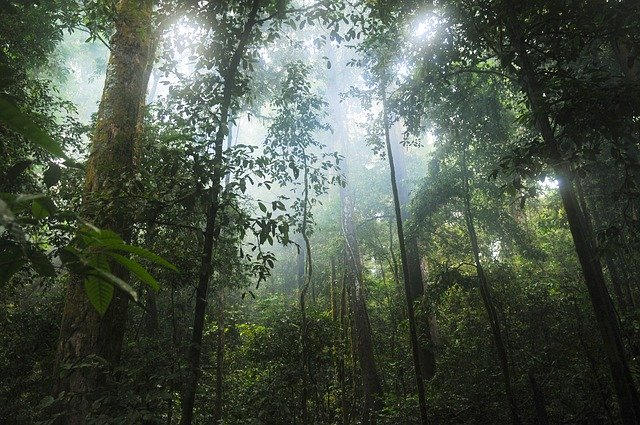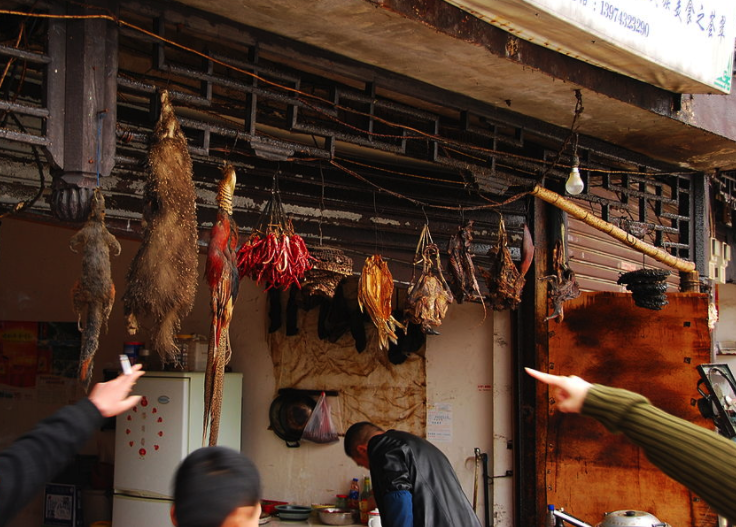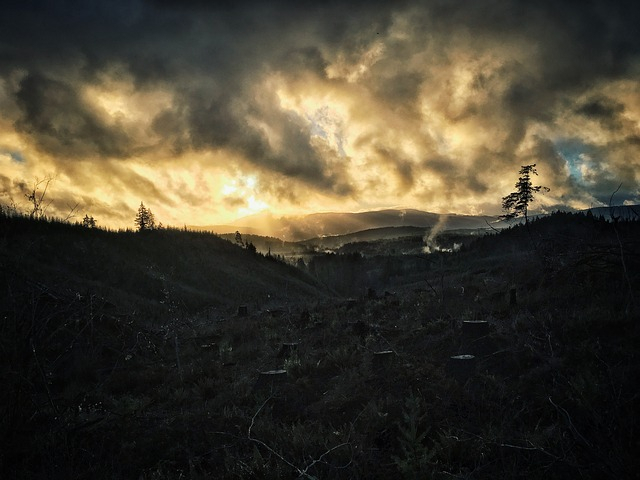Outbreaks that eventually turn into pandemics start with an innocuous human activity, such as eating wildlife without knowing its effect and human invasion into emerging disease hotspot in forest regions, especially tropical rainforests which are home to several wildlife animals that carry an array of viruses, said studies. An estimated 1.7 million viruses exist in mammals and birds, but as of now, less than 0.1 percent have been found.
In the 1920s, when HIV is thought to have emerged in today's Democratic Republic of the Congo, researchers believe that transmission to humans might have happened by a bushmeat hunter cutting them while slaughtering a chimpanzee. In 2013, when children in the village of Meliandou in rural Guinea were playing near a hollow tree—home to bats—one of them was likely exposed to bat feces that caused the West African Ebola outbreak.

In terms of COVID-19 pandemic, experts speculate that a person from south-west China probably had entered a bat cave to hunt wildlife and sell it in the local wet market and that could have triggered the current pandemic.
Along with the population, the need is also growing—the need for food, development, deforestation to acquire more lands for human use and also the wildlife trade—which not only force people to invade into unsafe virus hot spot regions but also increasing the risk of pandemic emergence.
Maintaining the Biodiversity Should be the Next Move
The world has been suffering due to the pandemic since December 2019 and we are still unaware when it will end. But what we can do is—plan the future accordingly. Conservation of nature, the forests, should be the next move which will play an important role to prevent future pandemics, wrote Dr. Peter Daszak, co-author and president of EcoHealth Alliance, a non-governmental organization in New York.
In a research paper, published in journal Science, along with other scientists Daszak has noted how deforestation and the wildlife trade trigger pandemic like outbreaks. He said that the world needs to remove "Viral-risk species from wildlife markets, a crackdown on the illegal wildlife trade and work with communities to find alternatives."

Many ecologists also noted that due to deforestation some species are going extinct, while the surviving species, like bats and rats, are now more likely to host dangerous pathogens that can jump into humans.
Killing these species won't help the world, rather it will disturb the balance of ecology. After the Coronavirus pandemic hit the earth, reports claimed that people have started to kill bats, without knowing the fact that all the bats play a major role in the ecosystem. While some plants depend partly or wholly on bats to pollinate their flowers or spread the seeds, other bats help control pests by eating insects. Controlling human actions will the best practice to reduce the risk of future pandemics, argue the authors of the study.
Currently, the world is waiting for one vaccine that will help to prevent the COVID-19 spread, and focusing on early diagnosis and containment, but Daszak said, it is like treating the symptoms without noticing the underlying cause.
The Road Map Ahead
A few days ago, the Intergovernmental Science-Policy Platform on Biodiversity and Ecosystem Services (IPBES) conducted an online workshop—chaired by Daszak—focusing on the connection between biodiversity loss and emerging diseases. IPBES now plans to commission an expert assessment of the science behind this connection and present it before the United Nations summit in New York in September when governments are expected to take new responsibilities to preserve biodiversity.
Daszak, who is a Zoologist, said that the Coronavirus pandemic has helped to clarify the need to investigate the role of biodiversity in pathogen transmission. As per EcoHealth Alliance, "Investment of $22 billion globally per year in programs to reduce deforestation and curb wildlife trafficking would significantly reduce pandemic risk."

A tropical ecologist, Dan Nepstad, who is the founder of San Francisco based Earth Innovation Institute, a non-profit organization that campaigns for sustainable development also voiced his concern and said, "My worry, frankly, is that people are going to cut down the forests more if this is where they think the next pandemic is going to come from."
He explained that the efforts to preserve biodiversity will only work if the research organization addresses the economic and cultural factors that lead to deforestation and the dependency of rural poor on hunting and trading wild animals.
Ibrahima Socé Fall, an epidemiologist and head of emergency operations at the Geneva-based World Health Organization agreed that understanding the ecology, the social, and economic trends of the rural areas is necessary to projecting future disease outbreak risks. "If we continue to have this level of deforestation, disorganized mining, and unplanned development, we are going to have more outbreaks," he noted.









